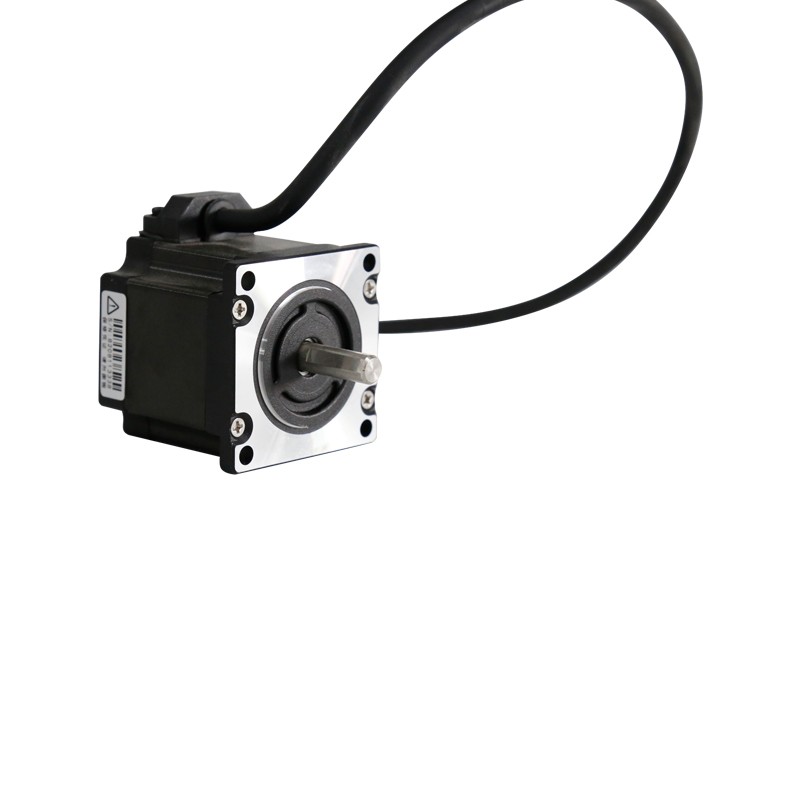Source:Industry News Release time:2022-07-07 Clicks:0 Popular:Reduction motor manufacturer

With the continuous and steady development of demand in the industrial production and home appliance industries, toy motors and intelligent robot sales markets, the application of stepper motor controller control integrated ICs is becoming more and more widespread. Stepper motor driver integrated IC is an integrated IC that integrates CMOS control loop and DMOS power electronics. It can be used with the main CPU, motor and incremental servo motor to form a complete automatic motion control system. Can be used to drive AC current, such as brushless DC motors, stepper motors and automotive relays.
Stepper motor drivers are divided into two types: voltage type and current type. What's the difference between them? How to know whether the driver integrated IC is voltage type or current type?
1. Voltage type
DC circuits use capacitor filters. During wave soldering (higher voltage), the electric field energy is stored by the capacitor. During wave soldering (lower voltage), the capacitor releases the electric field energy to supplement it to keep the DC voltage stable. The DC circuit is a voltage source, so it is called voltage type.
2. Current type
DC circuits use reactor filters. During wave soldering (large current), the reactor stores magnetic field energy, and during wave trough (small current), the reactor releases magnetic field energy to replenish it to keep the DC current stable. A DC circuit is a current source, so it is called current mode.
Since the load is generally reasonable, there must be reactive load transmission between it and the switching power supply, so in the intermediate DC stage, there must be components to cache the reactive load. If a large capacitor is used to buffer the reactive load, a voltage source soft starter is formed; if a large reactor is used to buffer the reactive load, a current source soft starter is formed.
Recommended reading
Related Information
Stepper motor
2020-12-21CGX142
2021-01-13Governor
2020-12-21CGXZ115
2021-01-13Stepper motor
2020-12-21Stepper motor
2021-04-14Planetary reducer
2020-12-21Small reduction motor
2020-12-21Stepper motor
2020-12-21Right angle motor
2020-12-21Small reduction motor
2020-12-21Stepper motor
2020-12-21Stepper motor
2020-12-21CGXZ142
2021-01-13CGF-042L1-8-P2
2020-12-21Stepper motor
2020-12-21Stepper motor
2020-12-21CGXK115
2021-01-13